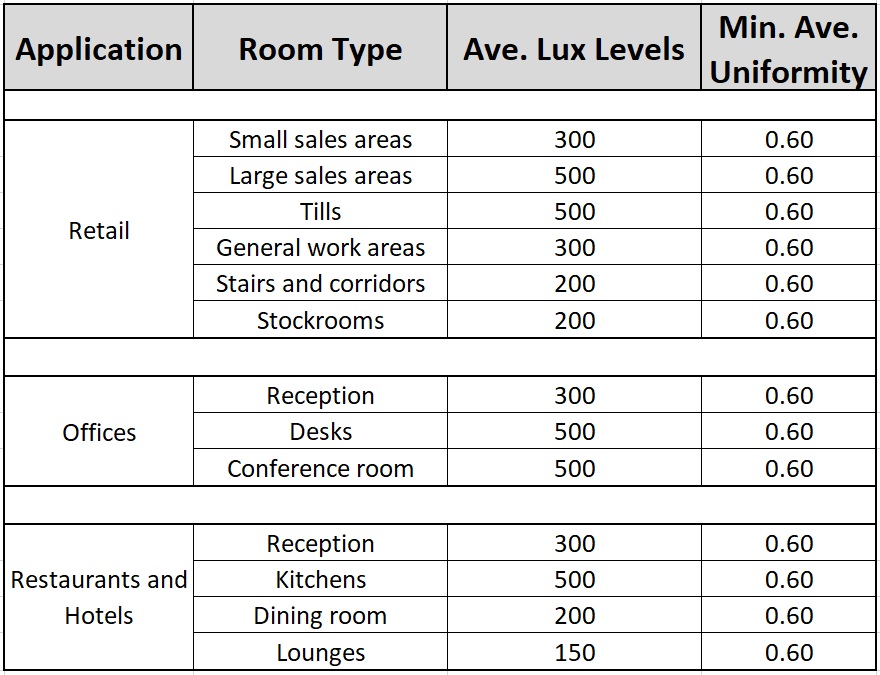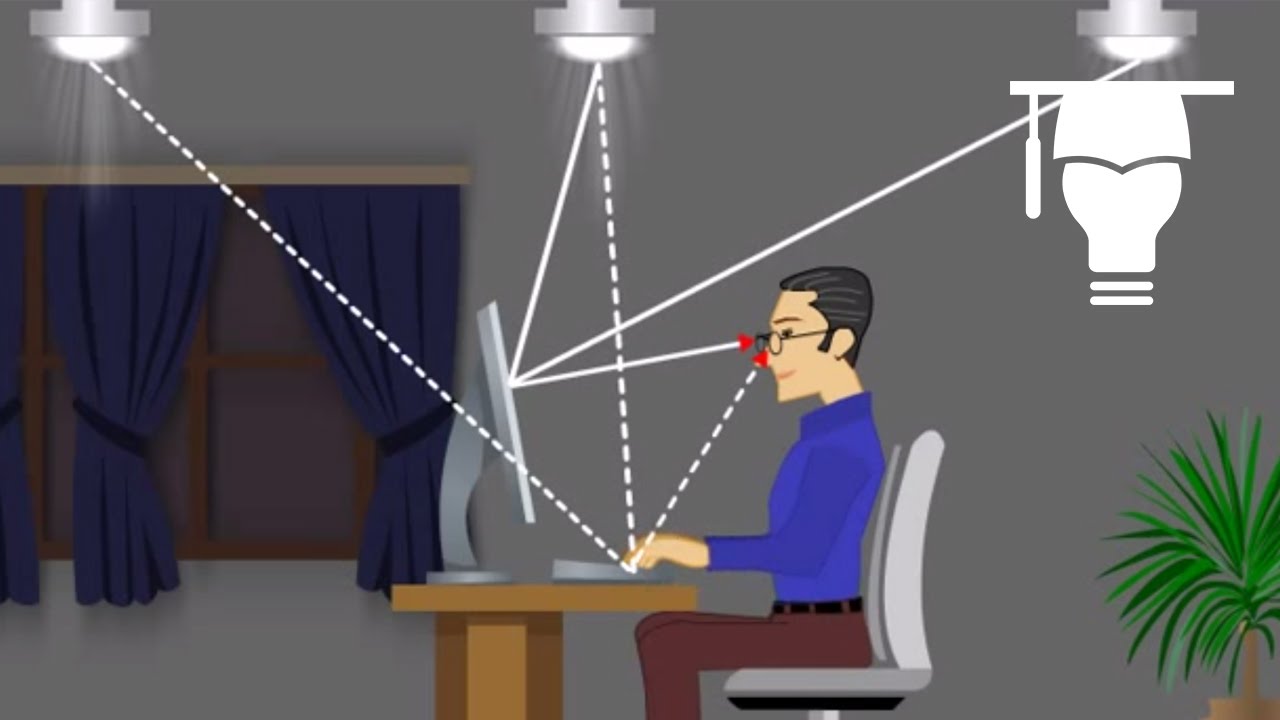The beauty of lighting not only lies in its functionality, but also in its quality. Over the next few weeks, we will uncover the various aspects of lighting quality, including topics such as:
- Lighting Levels
- Spatial distribution of light
- Directionality of light
- Colour of light
- Economics of light
- Light and the environment
Click here for last week’s article on Lighting Levels. Watch this space to catch the full discussion!
This week, we’re delving into the Spatial Distribution of Light.
Why is spatial light distribution important?
When light is distributed correctly within a space, a balanced luminance distribution is achieved. Appropriate light distribution is important as our visual environment consists of a plethora of shapes, patterns, colour and brightness. These can be overwhelming and would impact visual performance and comfort if it were not viewed within a balanced luminance distribution. Factors that help in achieving a balanced spatial distribution of light include uniformity and luminance ratios, together with glare-restriction limits.
Uniformity and luminance ratios
In last week’s edition, we discussed lighting levels. An adequate average lighting level is not enough to ensure the proper functioning of the eye. As such, a uniformity requirement is specified in addition to the average lighting level. This is achieved in terms of a requirement for the minimum luminance on a specified plane, relative to the average luminance: Lmin/Lav.
Visual performance and comfort suffers when there are large differences in individual lighting levels on the specified plane, as some areas on this place will be too dark relative to the overall lighting level. Hence, uniformity complements the average lighting level. Moreover, it is of equal importance to avoid the creation of light and dark spots too close to each other. The result is a ‘zebra-effect’, which is best illustrated in street lighting when posts are spaced too far apart. The repetitive sequence of light and dark areas can make driving on such a street very uncomfortable. Here, the problem can be eliminated by the specification of a minimum value for the minimum-to-maximum luminance ratio on a line parallel to the street surface.
On the other hand, when the luminance difference is too small it results in a monotonous visual scene as there are no point(s) of interest. In an interior space, some standards may specify both minimum and maximum luminance ratio values for larger surfaces. A requirement for comfortable luminance ratios is the careful matching of surface reflectances in the field of view.


What is glare?
In terms of artificial lighting, glare is the uncomfortable sensation experienced when luminances in the visual field are much greater than the luminance to which eyes are adapted. Glare can also be experienced in daylight, for example, when windows have remarkably high luminances compared with other luminances in the room. Glare can also be indirect. This takes place when light from a bright source is reflected by a glossy surface into the eyes of an observer. Again, the result is visual discomfort and irritation.

Learn more about the concept of Glare! Click here to watch a quick video.
Click here to watch a webinar discussing how dynamically modifying the three-dimensional distribution of light in a space can improve the quality of most common lighting solutions. The webinar discusses the three different approaches to this question, using daylight as the model from which to gain the relevant data.
What’s next in this lighting quality series?
In the next article, we will be discussing the directionality of light which will touch on topics such as directional light, diffuse light, indirect light and light distribution of luminaires.
Don’t miss out – subscribe to our newsletters and keep up to date on the latest technology and trends in electrical, lighting, water and solar!
Source: Signify “The Science of Lighting” by Wout van Bommel and Abdo Rouhana (2019: second edition)

